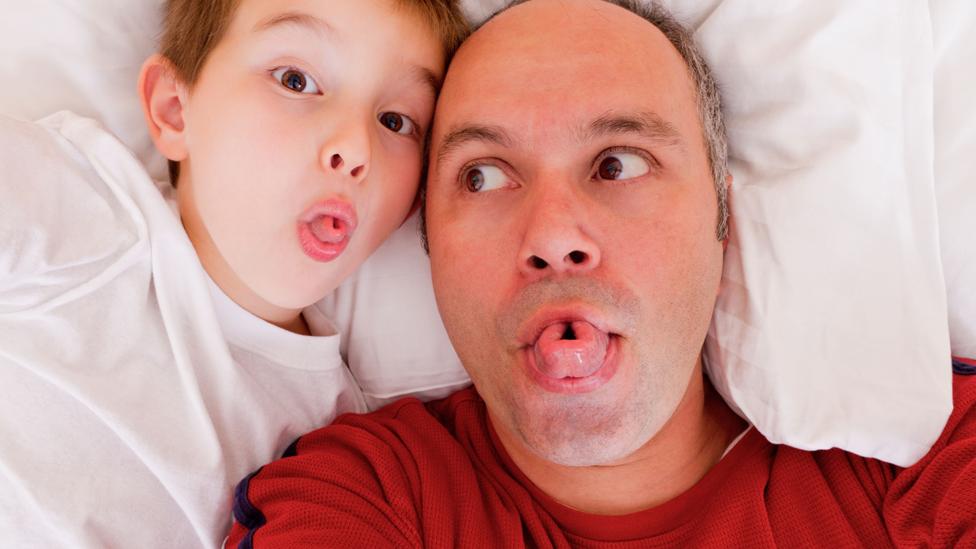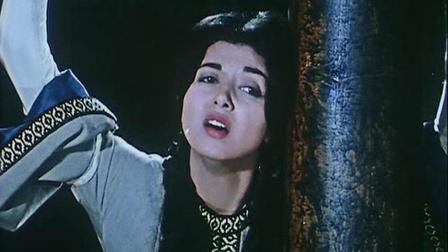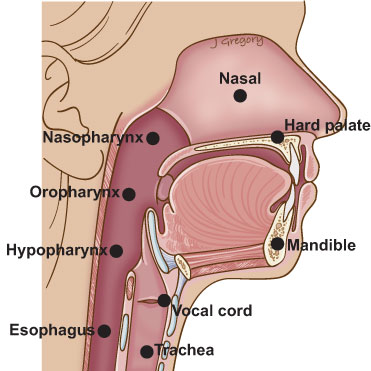Knowledge, Information and Experience
The tongue has no bones but is strong enough to break a heart. So be careful with your words.
Tongue, in most vertebrates, an organ, capable of various muscular movements, located on the floor of the mouth. In some animals (e.g., frogs) it is elongated and adapted to capturing insect prey. The tongues of certain reptiles function primarily as sensory organs, whereas cats and some other mammals use their tongues as instruments for grooming and cleaning. In mammals the tongue aids in creating negative pressure within the oral cavity that enables sucking, and it is an important accessory organ in chewing and swallowing; it is also a major bearer of taste buds and, in humans, an aid to speech.
The mammalian tongue consists of a mass of interwoven, striated muscles interspaced with glands and fat and covered with mucous membrane. In humans the front tips and margins of the tongue usually touch the teeth, aiding in swallowing and speech.
An important function of the tongue is taste sensation, which is derived from taste receptor cells located in clusters within taste buds on the surface of the tongue. In humans there may be anywhere from 50 to 150 taste receptor cells within an individual taste bud. Taste buds are innervated by nerves that respond to chemicals from food in solution, thereby providing the sensation of taste. There are five fundamental taste sensations: salty, sweet, sour (acid), bitter, and umami, which represents the taste of amino acids. Each receptor cell is sensitive to a particular taste—for example, responding only to salt or only to umami. The total flavour of a food comes from the combination of taste, smell, touch, texture or consistency, and temperature sensations. Small taste buds situated on the tongue’s top surface transmit these flavour sensations to the nervous system.
There are three main paired extrinsic mus-cles on each side; their attachments allow the production of the three main components of tongue movement:
1. The genioglossus muscles take origin from the middle of the back of the lower jaw and have a fan-like insertion into each side of the midline of the tongue. Their contraction protrudes the tongue.
2. The hyoglossus muscles take origin from each side of the horseshoe-shaped hyoid bone. (This lies below the tongue and is suspended by a sling of muscles from the jaw and the skull.) They extend forward into the tongue at the sides of the genioglossus muscles. Their contraction shortens the tongue towards its base on the hyoid.
3. The styloglossus muscles take origin from the styloid process on the base of the skull and pass downwards and forwards into side edges of the tongue. Their contraction elevates the sides of the tongue, forming a gutter in the middle.
Effects of tongue cleaning on bacterial flora in tongue coating and dental plaque:
Tongue cleaning reduced the amount of bacteria in tongue coating. However, the cleaning had no obvious contribution to inhibit dental plaque formation. Furthermore, recovery of the total bacterial amount induced an increase in F. nucleatum in both tongue coating and dental plaque. Thus, it is recommended that tongue cleaning and tooth brushing should both be performed for oral health.
Tags: Be Loving










